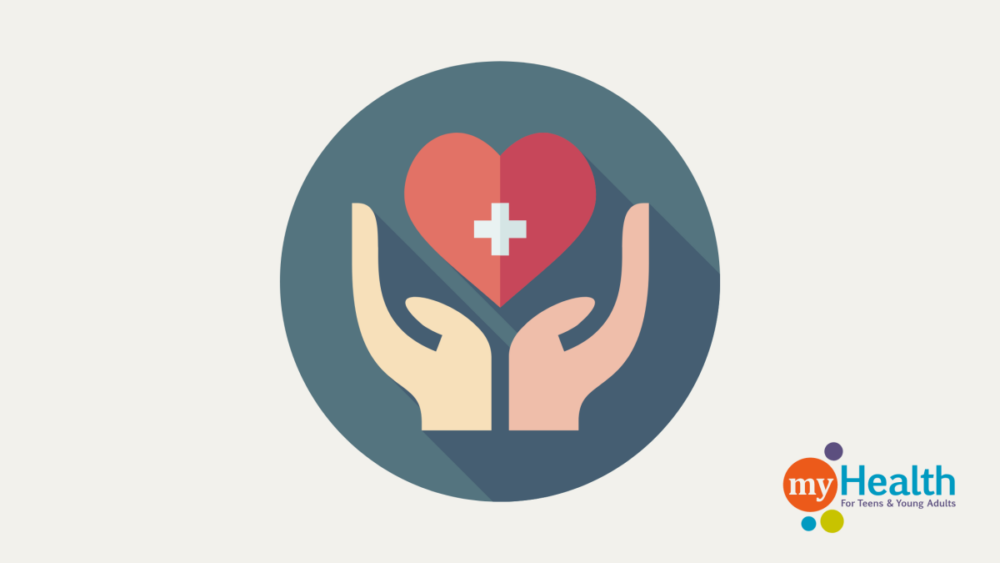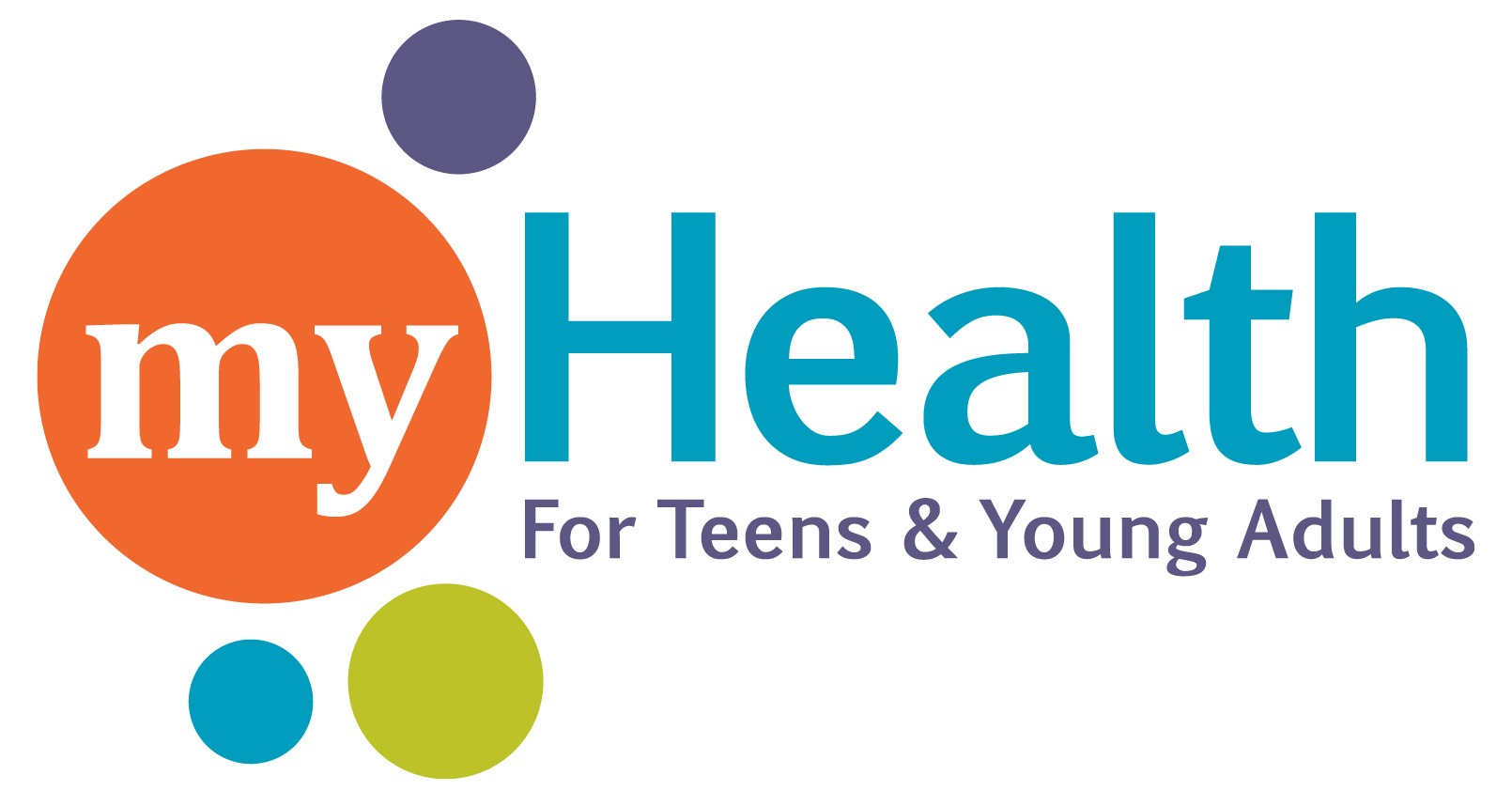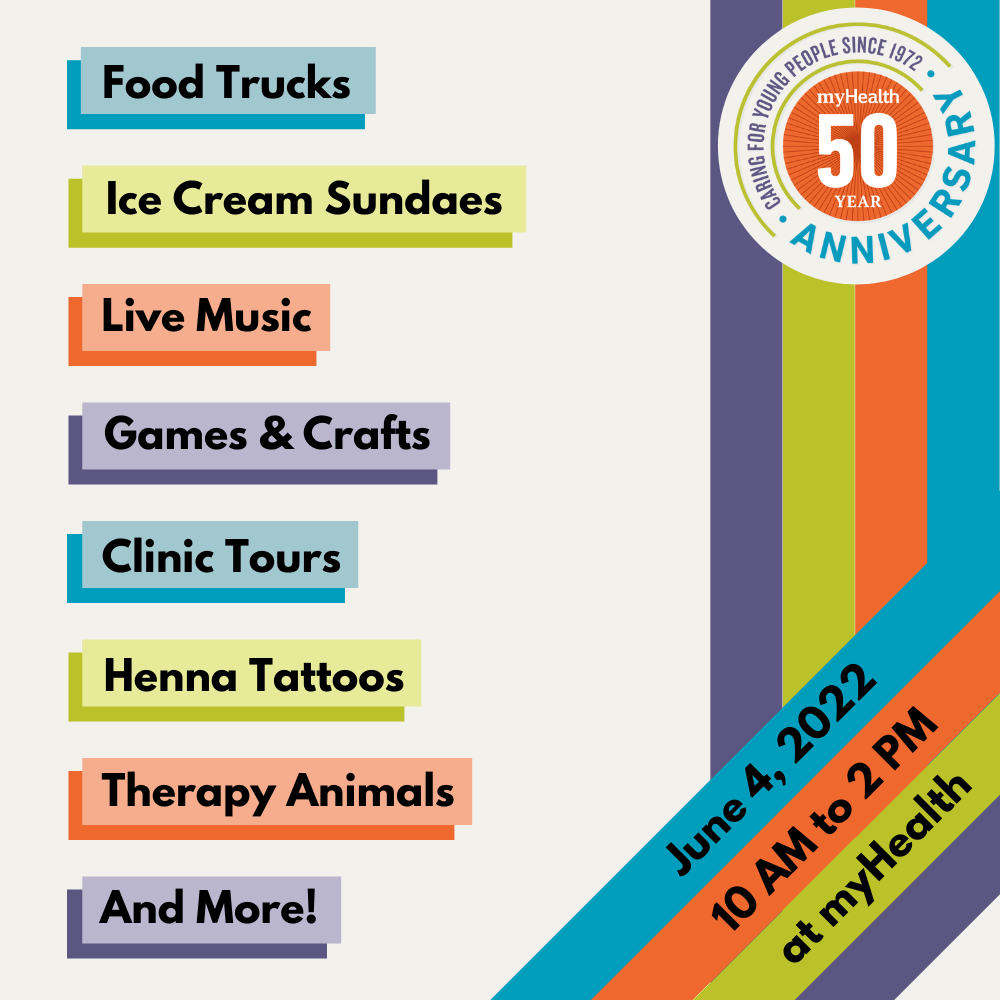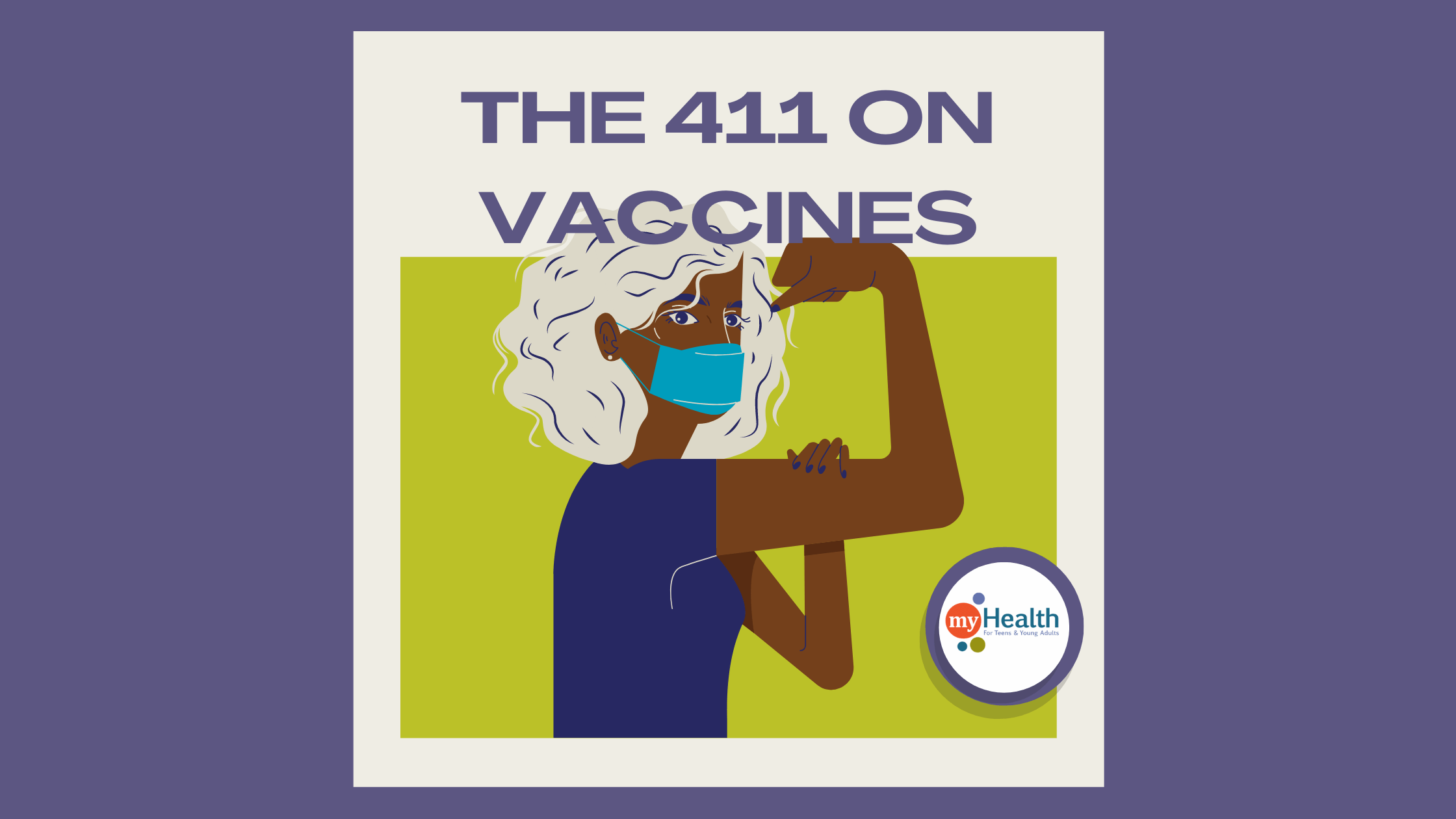“Why me? Why now?”
No matter how many revolutions happen in health care, the thought of visiting the doctor can be overwhelming. But it doesn’t have to be an obstacle to seeking the care that you need — and the care you deserve!
Our bodies are unique, ever-changing organisms. Don’t fall into the trap of assuming you are exactly like someone else, or like the worst-case scenario that pops up when you search for your symptoms.
Nothing they haven’t seen before
You may feel anxious, but remember you are one of many people who have felt just like you feel right now! There isn’t a question that hasn’t been asked before.
Maybe you fear an HPV infection, and you’ve just booked your first cervical screening. Your doctor is only there to help, and it’s probably their 1875th screening (or so!). Doctors are people who understand what you’re feeling and how to help.
Addressing uncomfortable topics with your doctor
Anxiety-inducing questions vary by person. Here are some common ones:
- Sex-related topics such as libido, erectile dysfunction, sexually transmitted infections
- Poop stuff: IBS (irritable bowel syndrome), constipation
- Mental health issues like anxiety, depression, and relationship struggles
- Gender identity and sexual orientation
- Bad breath
- Body odor
You may be describing something that feels like a flaw, but health struggles do not determine your self-worth. No matter how silly or awkward the problem appears to be, dealing with it head-on prevents it from growing into something potentially more serious.
Let’s look at an example.
Bring your notes
Let’s say you need counseling, but you don’t know how to verbalize what and how you’re feeling. Just the thought of being asked what you need help with may conjure up scenes of awkward silence as you try to figure out what to say.
Write down your concerns down beforehand. Conduct a case study of your own. Don’t worry about your literary style—we’re not in school, and there are no grades. Make a note of your symptoms, whatever the problem may be. Your notes will spark a conversation with your doctor, who is trained to guide you and ask helpful followup questions.
Try reading your notes out loud before your appointment to ease your nerves. No method is too silly when your health is at stake.
Fellowship hour
You and your doctor have the same goal and share the same interest: making you healthy and happy. Addressing uncomfortable topics with your doctor doesn’t have to be distressing. Give yourself space to establish a rapport with your doctor.
Once you trust them, it becomes so much easier to open up about sensitive, private concerns about your body. Health care workers want you to be well; they just need you to give them information so they know how to help.
Honesty is your shield
Building trust with your doctor may start with blunt honesty. It can be as little as: “Hi, I’m nervous,” or “I’ve never shared this with anyone.”
This admission is your doctor’s cue to slow down and do everything in their power to make you feel comfortable before asking questions. It’s important to remember that they’ve seen, heard, and touched things beyond our wildest imagination. They are eager to help, and they will work around shyness and uncertainty to work toward a good outcome.
Tell it plainly
Sex, addiction, and mental health issues are common in adolescents and younger people. No matter how embarrassing or bad it feels to admit, you’re there because your problem needs fixing and you want to fix it. Sharing details about painful sex with your doctor sounds frightening, but it is a necessary step. Google isn’t a doctor; always remember that.
Schools can support students going through recovery, too, so learning to be open and talking about it is the first step to getting better. If you’re struggling with addiction, don’t hesitate to reach out. Your whole future depends on whether you’re open to receiving the help you need.
There is no shame in asking questions
As the conversation unfolds, you may feel overwhelmed by the exam, the advice, or the medical terms. Don’t be afraid to ask questions, or write things down on some paper or on your phone. If you’re there to get help regarding stress management, for example, just nodding through their advice won’t be nearly as beneficial!
Always remember that you’re not bothering your health care providers when you ask questions about your care. They want you to understand everything they are telling you. They want you to be able to take charge of your health. This is a partnership, not just the doctor curing you, or you wandering off on your own.
Don’t sweep it under the rug
You’d be surprised how easily some health issues can be fixed. Not addressing uncomfortable topics with your doctor and keeping it a secret will only prolong your discomfort and worry. Gather the courage and get help today!










